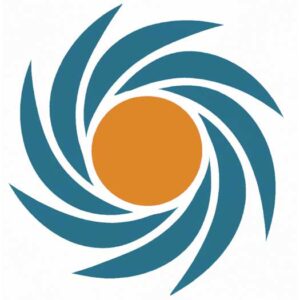
Left Column
Here are some common subcategories applicable to the power grid sector – we’ve also included an overview section below
- Power Generation
- Power Transmission
- Distribution and Quality
- Smart Grid and Operations
- Renewable Integration
Overview
The Power Grid refers to the network of interconnected power generation, transmission, and distribution systems that deliver electricity to end-users. The power grid is an essential component of modern society, as it enables the provision of electricity for lighting, heating, cooling, and powering equipment. The sector meets the growing demand for energy via a complex, highly integrated network that requires careful planning, construction, and maintenance to ensure that the power supply is reliable, stable, and efficient.
The grid is vulnerable to various security threats, such as cyber attacks and physical attacks, which could cause blackouts, equipment damage, financial loss, and even threats to public safety. Security measures are implemented across all subcategories, with the industry establishing best practices and guidelines for grid security. The industry collaborates closely with government agencies, regulators, and other stakeholders to maintain a secure, reliable, and resilient power grid in the face of emerging security threats. Some of the major subcategories to the power grid sector are:
Power generation is the process of converting energy from various sources, such as fossil fuels, nuclear, hydro, wind, and solar, into electrical energy. Power plants are the primary source of electricity and are located near the source of energy or near the population centers where electricity is needed. These plants may be owned and operated by public utilities or private companies.
Power Transmission: Power transmission is the process of transporting electricity from power plants to substations located closer to the end-users. Transmission lines may vary in voltage and capacity, but they are typically high voltage and can transport large amounts of energy over long distances. These lines are owned and operated by public utilities or private companies and are regulated by the government to ensure the safety and reliability of the power grid.
Distribution and Quality: Power distribution is the process of delivering electricity from the substations to homes, businesses, and other organizations. Distribution networks are comprised of transformers, distribution lines, and service lines. Power quality refers to the monitoring and control of the quality of electricity supplied to end-users, including the management of voltage and frequency levels to prevent equipment failure and damage to sensitive electronic devices.
Smart Grid and Operations: The smart grid is an advanced electrical network that utilizes modern communication and information technologies to improve the efficiency, reliability, and sustainability of the power grid. The smart grid enables utilities to monitor and control electricity usage in real-time, reduce peak demand, and integrate renewable energy sources into the grid. Planning, operations, and management are essential for the integration of new technologies and renewable energy sources into the power grid.
Renewable Integration: Energy storage involves storing energy generated from renewable sources, such as wind and solar, for use during peak periods or when the energy source is not available. Energy storage technologies include batteries, pumped hydro storage, and thermal storage. Renewable energy integration involves the integration of renewable energy sources, such as wind and solar, into the power grid, requiring careful planning and operations to ensure the stability and reliability of the power grid as renewable energy sources become a larger part of the energy mix.